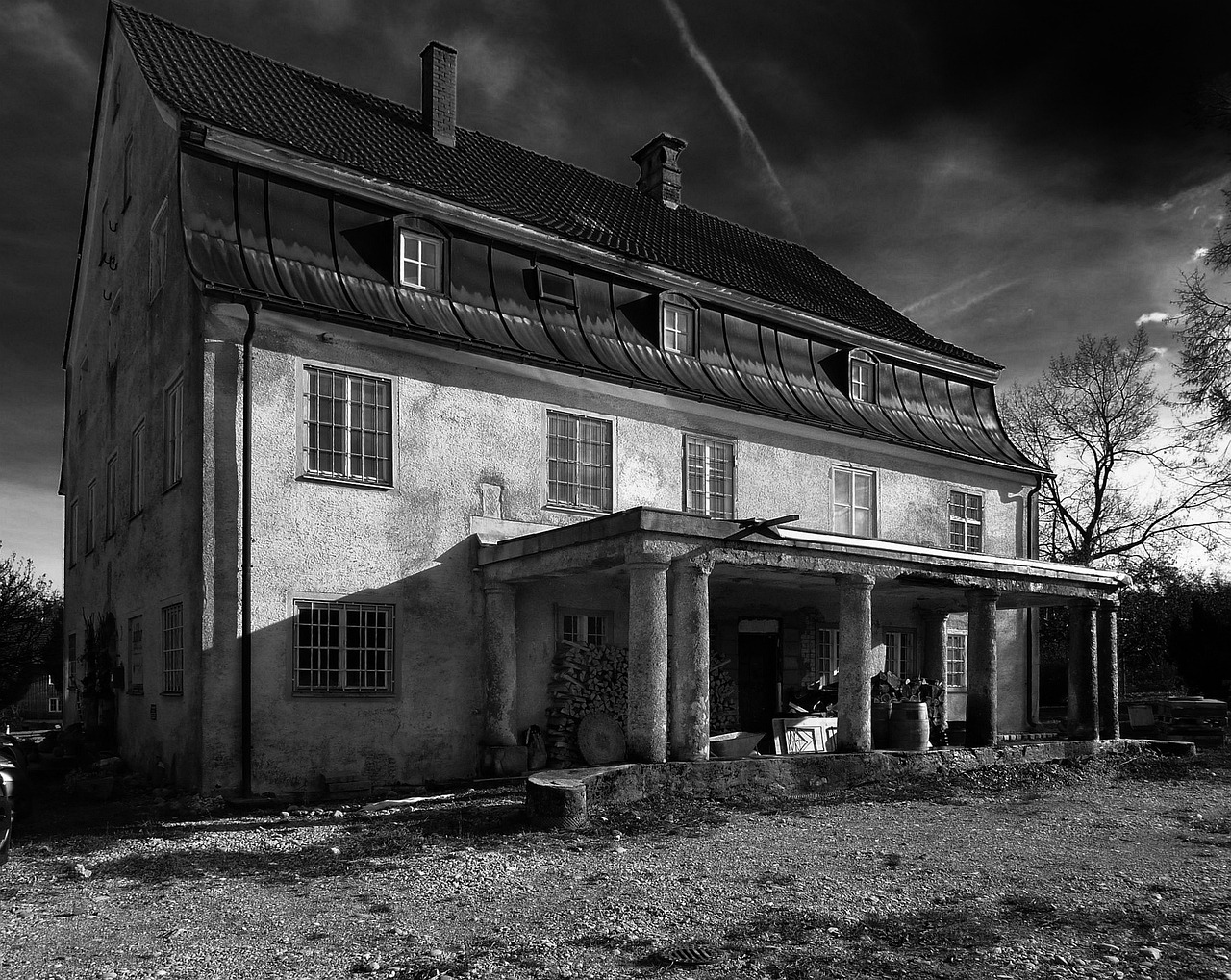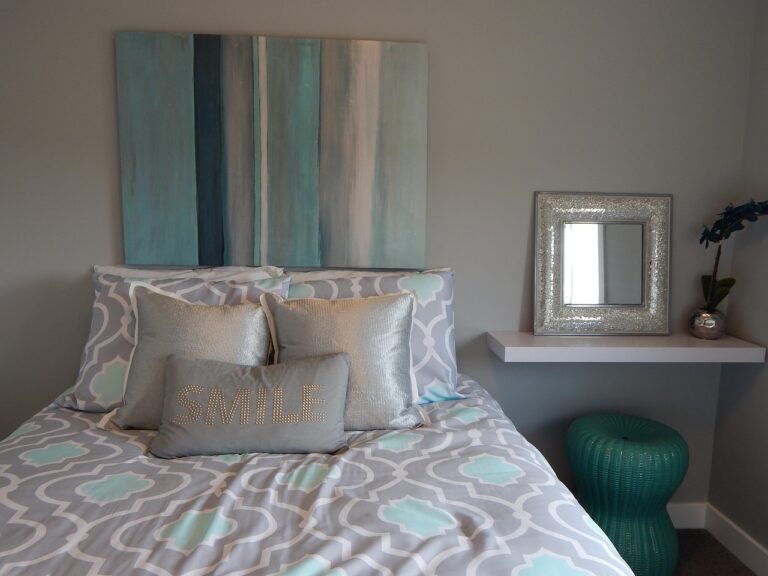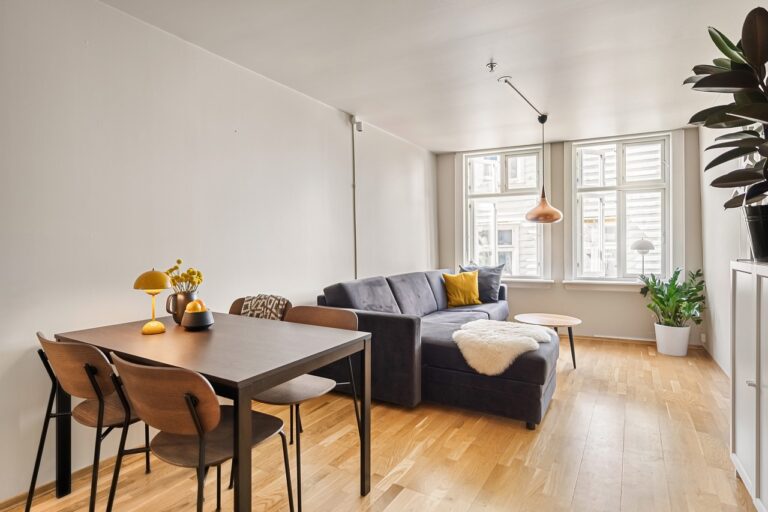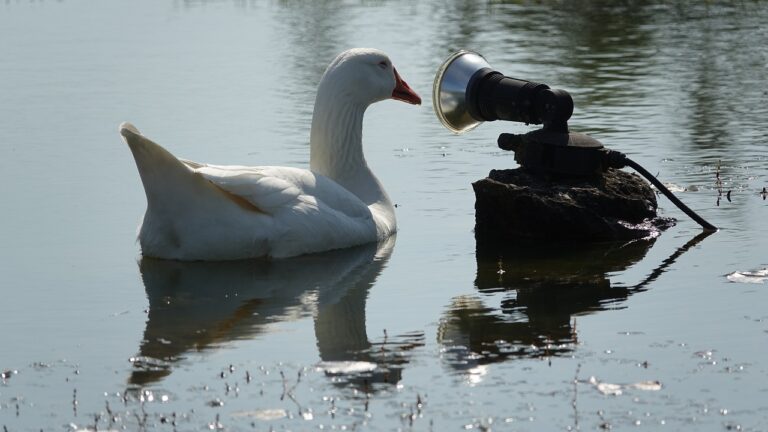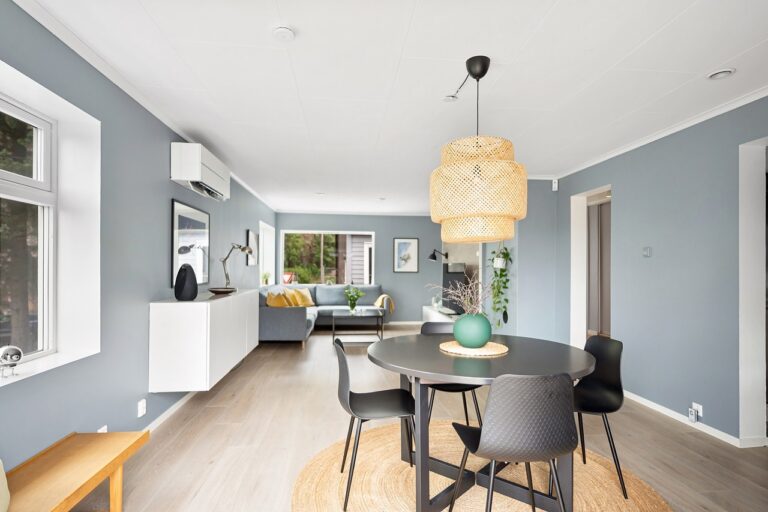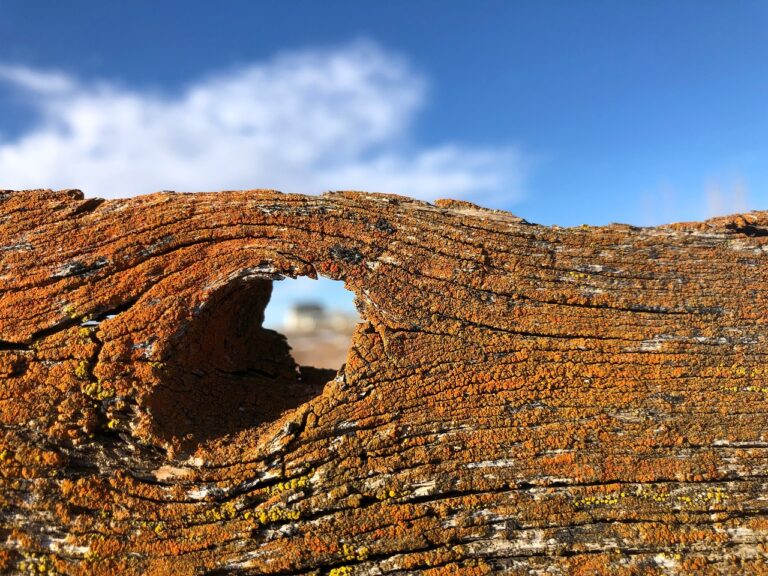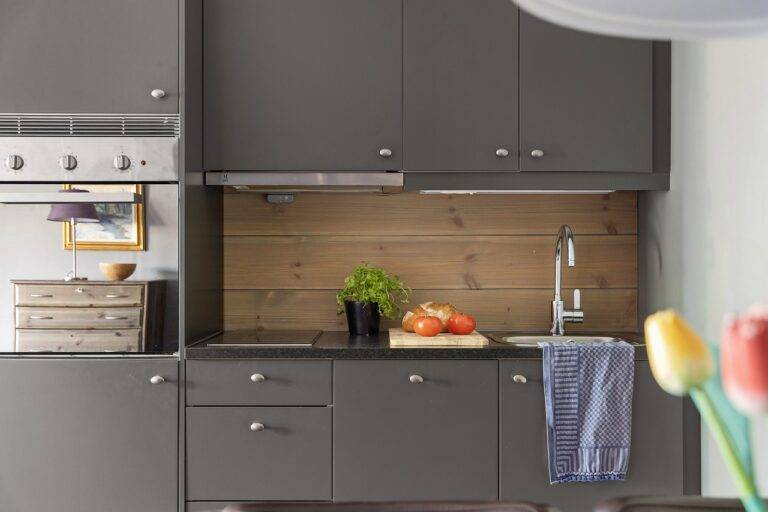Designing a Home Wine Cellar for Wine Enthusiasts
Are you a wine lover looking to take your passion to the next level by creating a dedicated space in your home for storing and enjoying your collection? Designing a home wine cellar can be a rewarding project that enhances both the aesthetics and functionality of your living space. In this article, we will explore the key components of creating a wine cellar that caters to the needs of wine enthusiasts.
1. Location and Space
The first step in designing a home wine cellar is to determine the location and available space for the cellar. Ideally, the cellar should be located in a cool, dark, and humid environment to ensure optimal conditions for wine storage. A basement or underground room is often a suitable location, as these spaces tend to maintain a stable temperature throughout the year.
2. Insulation and Climate Control
Proper insulation is essential for maintaining a consistent temperature and humidity level in your wine cellar. Insulate the walls, ceiling, and floor of the cellar to prevent heat transfer from the outside environment. Additionally, invest in a quality climate control system to regulate the temperature and humidity levels within the cellar.
3. Wine Racks and Shelving
Wine racks and shelving are crucial components of a well-designed wine cellar. Choose racks and shelving that are sturdy, durable, and capable of holding your wine bottles securely. Consider the size and shape of your wine bottles when selecting racks to ensure that they fit comfortably and are easily accessible.
4. Lighting
Proper lighting is important for both aesthetics and functionality in a wine cellar. Avoid direct sunlight, as it can cause wine to deteriorate more quickly. Instead, opt for soft, diffused lighting that enhances the ambiance of the space without exposing your wine to harmful UV rays.
5. Organization and Inventory Management
Organizing your wine collection is essential for efficient inventory management and easy access to your favorite bottles. Consider using a wine inventory software or app to keep track of your wines, including information on varietals, vintages, and storage locations within the cellar.
6. Tasting Area
Creating a designated tasting area within your wine cellar adds a touch of luxury and sophistication to the space. Include comfortable seating, a table for serving wine and cheese, and glassware storage to enhance the overall wine-tasting experience.
FAQs
Q: How much does it cost to build a home wine cellar?
A: The cost of building a home wine cellar can vary significantly depending on the size, location, materials, and features of the cellar. On average, you can expect to spend anywhere from $10,000 to $50,000 or more for a custom-designed wine cellar.
Q: What is the ideal temperature and humidity level for wine storage?
A: The ideal temperature for wine storage is between 55-58 degrees Fahrenheit, with a humidity level of around 60-70%. Maintaining these optimal conditions will ensure that your wine ages gracefully and retains its quality.
Q: How long can I store wine in a home wine cellar?
A: Most wines can be stored in a home wine cellar for several years, depending on the type of wine and its aging potential. It’s recommended to research the specific aging guidelines for each type of wine in your collection to ensure that it is stored under the appropriate conditions.

